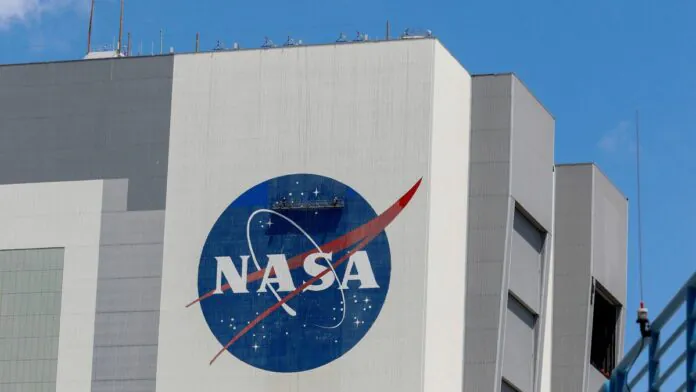© ROOT-NATION.com - Use of content is permitted with a backlink.
When the second payload of the Commercial Lunar Payload Services (CLPS) program is launched to the moon in mid-February, NASA will conduct an experiment that could change the way explorers, rovers and spacecraft track their precise location on the moon.
The Lunar Node-1 (LN-1) experiment, which is intended to demonstrate the capabilities of autonomous navigation, is a radio beacon designed to support accurate geolocation and navigation observations for landers, ground infrastructure and astronauts. It will confirm their location on the Moon relative to other vehicles, ground stations or rovers. Beacons can also be used in space to aid in orbital manoeuvres and guide landers to the surface of a satellite.

“Imagine getting a confirmation from a beacon on the shore you’re approaching, instead of waiting for a message from a port you left a few days earlier,” says NASA. “We want to create a network of beacons on the Moon, which will provide stable, localized navigation tools that will allow lunar vehicles and ground crews to quickly and accurately confirm their location.” The system is part of a wider navigational infrastructure based on a series of satellites in lunar orbit.
Navigation beyond Earth currently depends on the services of the Deep Space Network, an international network of giant radio antennas that transmit location data to interplanetary spacecraft to keep them on course. These measurements are relayed back to Earth and processed, and then the data is transmitted to the rover. But when seconds count, a faster and more efficient solution is needed.
The experiment device is one of six payloads included in NASA’s plan for Intuitive Machines. Its Nova-C lander will be launched by a SpaceX Falcon 9 rocket and is expected to land near Malapert A, an impact crater near the moon’s south pole.
LN-1 uses networked computer navigation software that has been tested on the ISS. NASA engineers performed the structural design, thermal and electronic systems development, and integration and environmental testing of the LN-1. During the lunar mission, the payload will transmit data for a short time each day. After landing on the Moon, the LN-1 team will conduct a full systems check and begin continuous operations within 24 hours of landing. The mission is planned to last approximately 10 days.
Over time, as the technology is refined and the infrastructure expanded, LN-1 will evolve from a single beacon to a key element of a much broader infrastructure. “Spacecraft, ground vehicles, bases and research excavations, even individual astronauts on the surface of the Moon,” says NASA. “LN-1 can connect them all and help them navigate more precisely, creating a reliable network.”
Read also:


